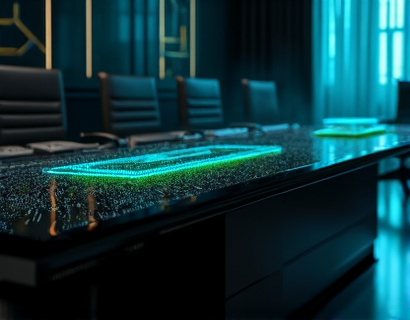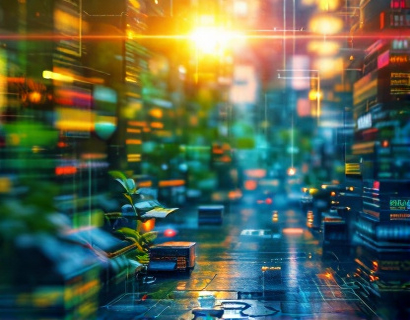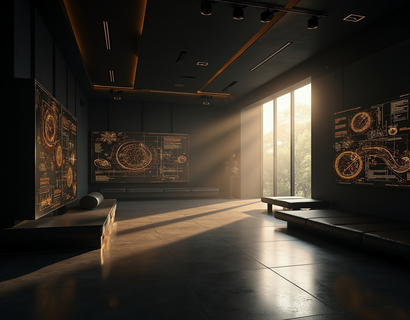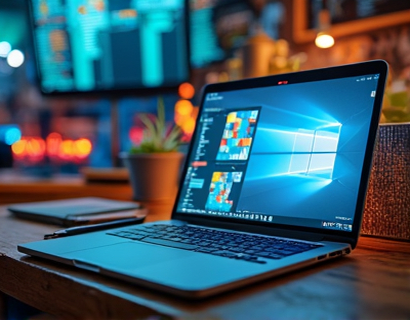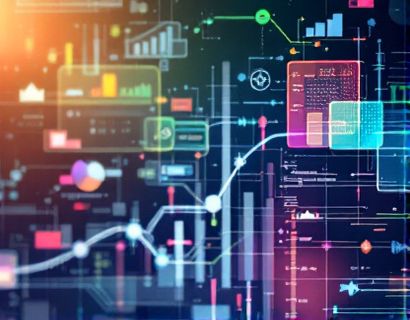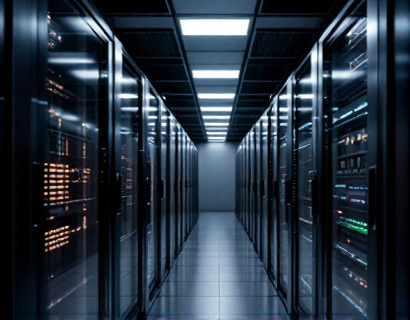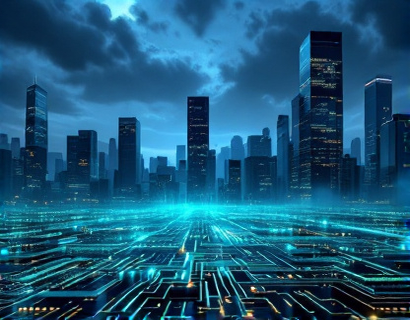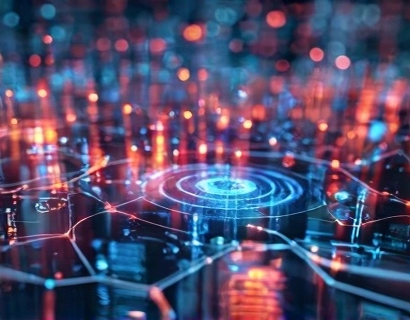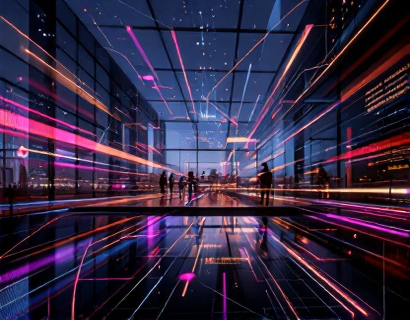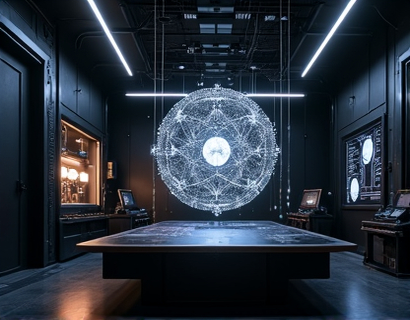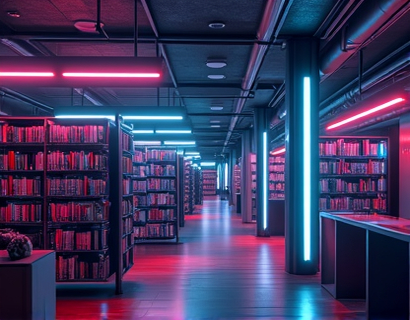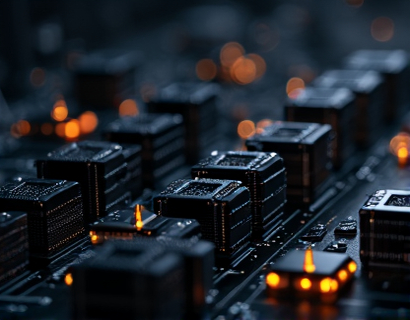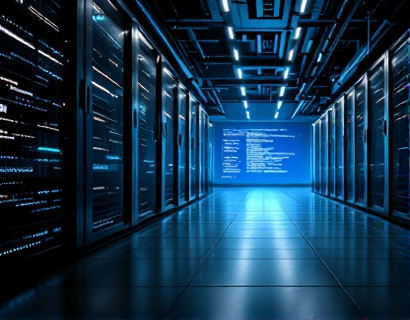Revolutionize Your Indoor Garden: Expert Technology for Optimal Plant Growth and Sustainability in Solariums
In the quest for a thriving indoor garden, the integration of advanced technology plays a pivotal role in optimizing plant growth and ensuring sustainability. Solariums, or indoor greenhouses, offer a controlled environment where plants can flourish year-round, unaffected by external weather conditions. However, to fully harness the potential of these spaces, it's essential to employ expert technology that fine-tunes light, climate, and automation. This article delves into the cutting-edge solutions that can transform your indoor gardening experience, creating a customizable and future-forward environment that maximizes plant health and sustainability.
Optimizing Light for Plant Growth
Light is one of the most critical factors in plant growth, and in a solarium, controlling and optimizing light conditions can significantly enhance plant health. Advanced LED grow lights are a game-changer in this regard. These lights are designed to emit specific wavelengths that are most beneficial for different stages of plant development. For instance, blue light is ideal for vegetative growth, promoting strong stems and leaves, while red light is crucial for flowering and fruiting. By using a combination of these wavelengths, you can tailor the light spectrum to the specific needs of your plants, ensuring they receive the optimal light for each stage of their life cycle.
Moreover, smart lighting systems can adjust intensity and duration based on the time of day and the plants' growth stage. These systems often come with programmable settings that mimic natural daylight cycles, which is essential for plants that require a specific photoperiod. Some advanced systems even use sensors to monitor light levels and automatically adjust the lighting to maintain optimal conditions, eliminating the need for manual intervention.
Climate Control for Ideal Growing Conditions
Maintaining the right climate inside a solarium is equally important for plant health. Temperature, humidity, and air circulation are key factors that need to be managed to create an ideal growing environment. Advanced climate control systems use a combination of sensors and automated controls to monitor and adjust these conditions in real-time.
Temperature control is crucial as most plants thrive within a specific temperature range. Heating and cooling systems can be integrated to maintain the desired temperature, with thermostats ensuring precise control. For instance, during colder months, a heating system can be activated to keep the temperature warm, while in hotter periods, a cooling system can prevent overheating.
Humidity control is another vital aspect. Plants require a certain level of humidity to prevent stress and disease. Humidifiers and dehumidifiers can be automated to maintain the ideal humidity levels, which vary depending on the plant species. Some systems use sophisticated algorithms to predict and adjust humidity based on real-time data, ensuring consistent conditions.
Air circulation is equally important to prevent the buildup of stagnant air, which can lead to mold and disease. Fans and ventilation systems can be programmed to create a constant flow of air, promoting healthy growth. Some advanced setups even use air quality sensors to detect CO2 levels and adjust ventilation accordingly, further optimizing the growing environment.
Automation for Convenience and Efficiency
Automation is the backbone of a modern solarium, offering convenience and efficiency that manual management cannot match. Automated irrigation systems ensure that plants receive the right amount of water at the right times, reducing the risk of overwatering or underwatering. These systems can be connected to soil moisture sensors that trigger the irrigation when the soil reaches a certain dryness level, providing precise watering based on the plants' actual needs.
Fertigation, the process of delivering nutrients through the irrigation system, is another automated feature that can significantly benefit your indoor garden. By integrating nutrient solutions into the water supply, you can ensure that plants receive a balanced diet without the need for manual mixing and application. This not only saves time but also ensures consistent nutrient delivery, leading to healthier plants.
Smart controllers can integrate all these systems, providing a centralized platform to monitor and manage the entire solarium. These controllers can be accessed via smartphones or computers, allowing you to make adjustments and monitor conditions from anywhere. Some advanced controllers even use machine learning to analyze data over time and make predictive adjustments, further enhancing the efficiency and effectiveness of the system.
Customizable Setups for Unique Needs
Every indoor garden is unique, with different plants having specific requirements. Expert technology allows for highly customizable setups that can be tailored to meet these individual needs. Whether you're growing rare orchids, exotic fruits, or medicinal herbs, a well-designed solarium can provide the perfect environment for each species.
One approach is to use modular design elements that can be configured to suit different plant types and growth stages. For example, adjustable shelving and tiered systems allow for vertical gardening, maximizing space while providing the flexibility to move plants to different light and climate zones as needed. This modularity ensures that each plant receives the optimal conditions for its specific requirements.
Additionally, advanced sensors and monitoring systems can be tailored to track a wide range of parameters, from light intensity and temperature to soil pH and nutrient levels. This comprehensive data collection enables gardeners to make informed decisions and adjustments, ensuring that every aspect of the growing environment is optimized for plant health.
Sustainability in Indoor Gardening
Sustainability is a growing concern in all aspects of gardening, and solariums are no exception. By integrating expert technology, you can create a more sustainable indoor garden that minimizes resource consumption and environmental impact. One key aspect is water conservation. Advanced irrigation systems that use precision watering techniques, such as drip irrigation, can significantly reduce water usage. Some systems even recycle water, capturing and reusing runoff to further minimize waste.
Energy efficiency is another critical factor. LED grow lights, for instance, are not only more efficient in terms of light output but also consume less energy compared to traditional lighting methods. Additionally, solar panels can be installed to power the solarium's systems, reducing reliance on grid electricity and lowering carbon footprints. Some systems even incorporate energy storage solutions, allowing for the use of stored energy during peak demand times.
Material selection also plays a role in sustainability. Using eco-friendly materials for the construction of the solarium, such as recycled plastics or sustainable woods, can reduce the environmental impact. Moreover, designing the solarium to maximize natural light and passive ventilation can further reduce energy consumption.
Enhancing the Indoor Gardening Experience
The integration of expert technology in solariums not only optimizes plant growth but also enhances the overall gardening experience. The convenience of automation and the precision of climate and light control allow gardeners to focus more on enjoying their plants rather than managing the growing conditions. This shift from labor-intensive gardening to a more hands-off approach can be particularly appealing to busy individuals or those new to indoor gardening.
Furthermore, the data-driven nature of these systems provides valuable insights into plant health and growth patterns. By monitoring key parameters and receiving alerts for any issues, gardeners can quickly address problems and optimize their practices. This level of detail and control can lead to better plant outcomes and a deeper understanding of the gardening process.
For those interested in research or educational purposes, the data collected from these systems can be invaluable. It can be used to study plant responses to different environmental conditions, contributing to the broader field of horticulture and plant science. This data can also help in refining growing techniques and developing new plant varieties that are better suited to indoor environments.
Conclusion
Revolutionizing your indoor garden with expert technology is not just about achieving better plant growth; it's about creating a sustainable, efficient, and enjoyable gardening experience. By optimizing light, climate, and automation, you can transform your solarium into a high-tech oasis that meets the unique needs of your plants. Whether you're a seasoned gardener or a beginner, embracing these advanced solutions can elevate your indoor gardening to new heights, ensuring your plants thrive in a customizable and future-forward environment.



